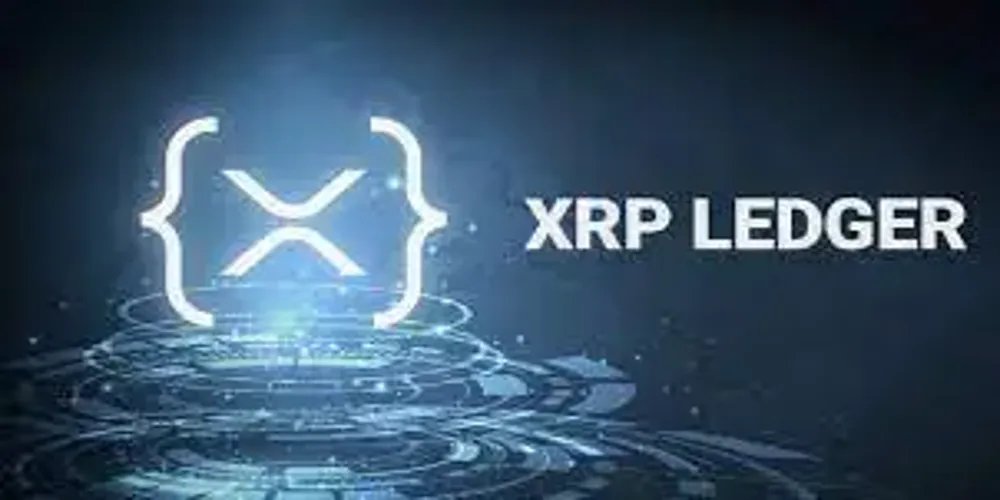Lawrence Jengar
Nov 10, 2025 01:51
Anthropic introduces Claude Opus 4 and Claude Sonnet 4, enhancing AI capabilities in coding and complex reasoning, with new tools for developers and improved model performance.
Anthropic has launched its latest AI models, Claude Opus 4 and Claude Sonnet 4, which aim to redefine standards in coding, advanced reasoning, and AI capabilities. These models are designed to deliver improved performance and reliability for complex tasks, according to Anthropic.
Claude Opus 4: A Leap in Coding Excellence
Claude Opus 4 is touted as the world’s best coding model, excelling in long-running tasks and agent workflows. It leads on benchmarks like SWE-bench and Terminal-bench, showcasing its prowess in sustained performance and complex problem-solving. Industry leaders such as Cursor and Replit have recognized its state-of-the-art capabilities in understanding complex codebases and enhancing code quality.
Claude Sonnet 4: Enhanced Precision and Reasoning
Building on the foundation of Sonnet 3.7, Claude Sonnet 4 offers superior coding and reasoning skills with improved precision in following instructions. It is set to power GitHub Copilot’s new coding agent, demonstrating significant advancements in problem-solving and codebase navigation, as noted by companies like Manus and iGent.
New Features and Tools
Alongside the model upgrades, Anthropic has introduced new capabilities such as extended thinking with tool use in beta, allowing models to alternate between reasoning and tool usage. Both models can now use tools in parallel, enhancing their memory capabilities and overall performance. Claude Code is now generally available, providing seamless integration with popular development environments like VS Code and JetBrains.
API and Developer Enhancements
The release also includes new API capabilities, such as a code execution tool and the ability to cache prompts, enabling developers to build more powerful AI agents. These models are accessible through the API, Amazon Bedrock, and Google Cloud’s Vertex AI, maintaining consistent pricing with previous models.
Model Improvements and Safety Measures
Anthropic has focused on reducing behaviors where models might use shortcuts to complete tasks, improving memory capabilities, and introducing thinking summaries to condense lengthy thought processes. These improvements aim to enhance long-term task awareness and coherence.
With extensive testing and evaluation, including higher AI Safety Levels like ASL-3, Anthropic continues to push the boundaries of what AI can achieve, inviting developers to explore these new models and their potential to transform workflows and industries.
Image source: Shutterstock
Source: https://blockchain.news/news/anthropic-unveils-claude-4-setting-new-ai-standards


